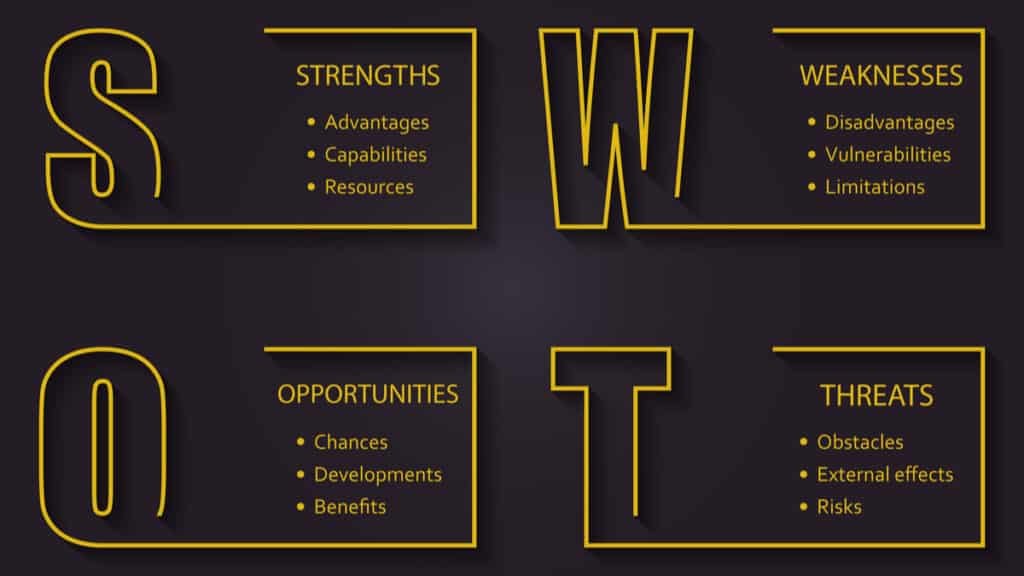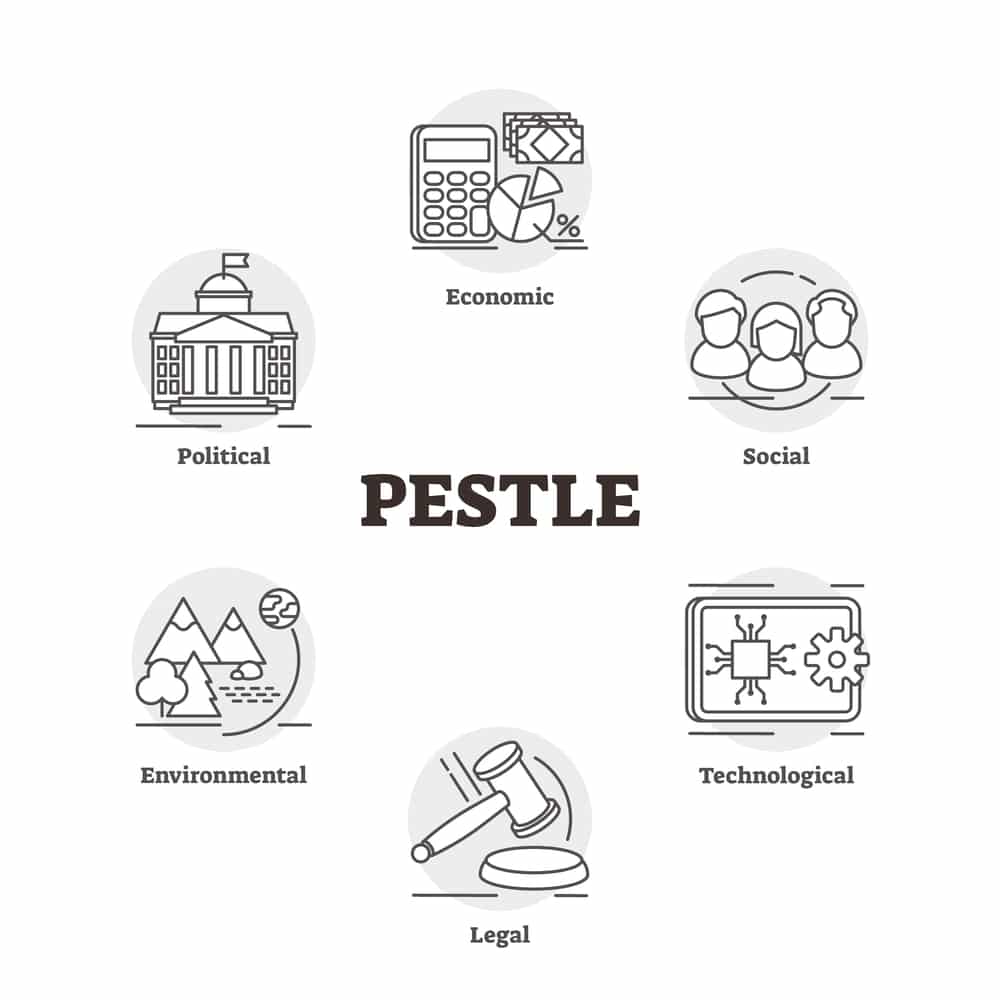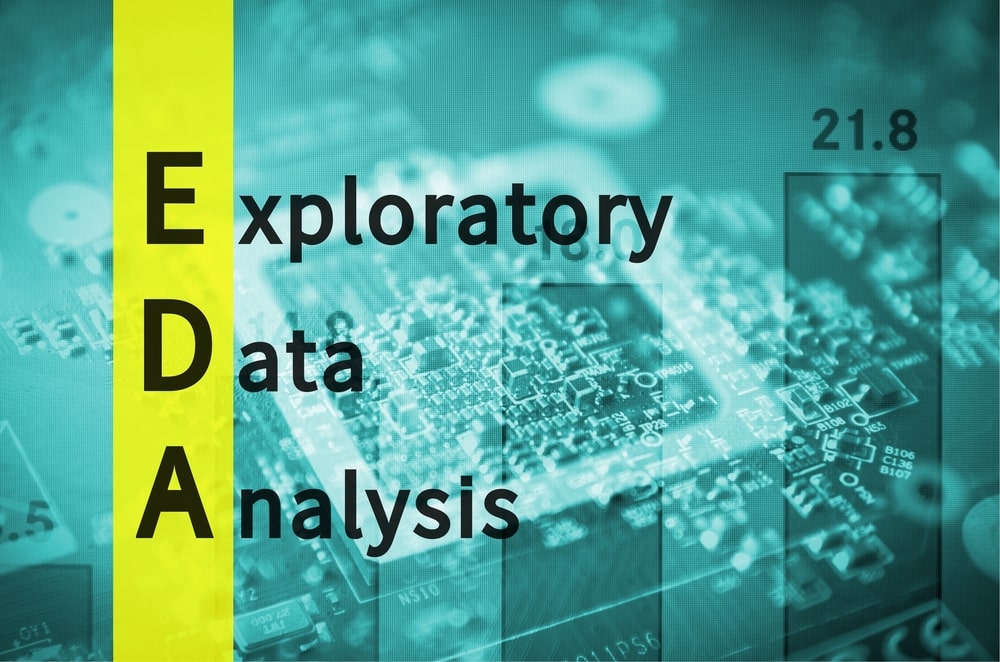Business analytics has become a popular job role in the past few years among global companies. Business analysts bring to the table a unique set of technical skills, making them a vital asset in any organisation.
If you are trying to become a business analyst in the future, it is always good to know the tools and techniques used today by the best in the industry and in this article, we will discuss exactly that.
Top 10 Business Analyst Tools in 2020
- MOST Analysis
- SWOT Analysis
- Use case Modelling
- Business Process Modelling (BPM)
- Non-functional Requirement
- Brainstorming
- Requirement Analysis
- PESTLE
- CATWOE
- User Stories
1. MOST Analysis
The word MOST expands into four elements, and they are as follows:
- M for Mission
- O for Objective
- S for Strategy
- T for Tactics
Purpose
- MOST is a tool that is used for planning or analysing every detail of what the business or organisation does.
- This tool aids in connecting or linking your everyday activity to the overall mission and vision of the organisation.
Advantage/Outcome
Every level follows the MOST Analysis in an organisation from top to bottom. It is a structured business analysis technique. The process assures that an organisation keeps focusing on the purpose, which is a crucial determinant for the achievement of a business or an organisation.
2. SWOT Analysis
SWOT can be expanded into the following –
- S- Strength
- W- Weakness
- O- Opportunities
- T- Threats

Purpose
- It helps in organising your strengths, weakness, threats and opportunities into a well-organized list. It is usually a four-grid presentation.
- It is a powerful yet simple tool that can help with the development of your organisation’s strategy.
Advantage/Outcome
SWOT analysis is widely used known for its easy analysis techniques. Moreover, it is easy to use. Unrestricted by the boundaries of business analysis, it can also be used for analysis at an enterprise level.
3. Use case Modelling
This is a technique to pictorially represent how the business system should work in an intended order through user communications.
Purpose
- Use case modelling is mostly used in the design phase and software development design to convert business requirements into functional specifications inside an already existing expansion project.
- Some of the many means used to draw UML designs are IBM’s Rational Rose, Microsoft Visio, etc. It shows what the goals of a user are, the interaction between the system and the users, the behaviour required by the system to follow and how to satisfy the goals of the organisation.
The main components of Use case modelling in a UML diagram are as follows –
- System – The frame of the chart is the system. In the above chart, the rectangular box is the Timesheet management system.
- Actors – The human-like shapes in the diagram that are outside the rectangular box are the actors. They represent the user who is associated with the use case or functionality. They are not part of the process.
- Use case – An oval shape shows the UML case in a UML chart. A single functionality is demonstrated with the help of an individual use case. In the above example: Save draft, Validate timesheet, Create timesheet entry, etc. are separate functionalities that show a part of the Timesheet management process. As per the rule, every step in the use case is shown using an active verb.
- Association – An association is an actor’s interplay with the system with the use cases. In the chart, we see the manager and employee; both are connected with the system through various use cases.
- Stereotypes – Stereotypes are the links between the different use cases.
Advantage/Outcome
The UML utilizes case diagram as an advantageous business analysis technique because it helps to demonstrate and clarify the reach of functionality. A business analyst should stress more on the critical functional areas. Hence, to assist in this process, proper actor interplays using the UML use case diagram are needed. UML diagram is used to get real functional necessities of the business, which is critical for a business analyst.
4. Business Process Modelling (BPM)
A graphical representation of an organisation’s workflow or processes to identify the potential improvements is what a business processing model is used for.

Purpose
- Business analysts do the below tasks in a BPM project as per the International Institute of Business Analysis (IIBA):
- Business model analysis
- Strategic planning
- Technical analysis of complex business solutions
- Defining process and design it
- Usually, BPM is depicted in a diagrammatic way where decisions, processes and information are described in an orderly workflow. The two types of notations used for BPM diagrams are:
- UML – Unified Modelling Language Activity Diagram
- BPMN – Business Process Modeling Notation
Advantage/Outcome
BPM technique is an effortless way to logically outline how a business process will operate in various roles. It is the best business analysis method known in the industry, especially in the IT industry. Hence, people can simply visualize the subsequent steps of the execution process. This, in turn, helps to make the complex business analysis more straightforward to operate on, for a business analyst.
5. Non-functional requirement
The Non-functional requirement analysis technique is applied when the technology solution is varied. For example, moving from one technology to a different one. A business analyst who largely concentrates on data storage and system performances will need to scale the production factors of the intended operation for live data. Here, non-functional requirements analysis is conducted during the analysis stage of a project and executed during the design phase. Non-functional requirements can be of several types:
- Performance
- Reliability
- Logging
- Security
Purpose
- Instead of judging a specific behaviour like the functional requirements, non-functional requirements deal with criteria that are used to judge the operation of a system.
Advantage/Outcome
It is the best and most convenient business analysis technique. Moreover, getting an expected result is nearly impossible without having this analysis.
6. Brainstorming
Brainstorming is one of the most popular business analysis techniques among business analysts.

Purpose
- It is a group activity and a very creative method where a group exercise takes place to root out the cause of issues, analyze, generate ideas and propose answers for the problems.
- Brainstorming serves as an underlying technology for other business analysis methods, including PESTLE analysis, SWOT analysis, etc.
Advantage/Outcome
It helps the team sit down together and figure out a common solution via means of proposing different ideas, thus enhancing team productivity, leadership and unity in work.
7. Requirement analysis
Purpose
- It is a portion of the project lifecycle.
- It generally starts at a degree when you need to know a user’s expectations or requirements on a modified or new product. As a part of requirement analysis technique, a business analyst is required to handle interviews to learn the purpose of requirements which cover –
- Workshops
- Questions
- Interpretations
Advantage/Outcome
Requirement analysis is essential in every project, even though it is a common informal business analysis technique. Without a fitting requirement analysis, a plan cannot give the right development and design. Hence, it could be considered the essential phase of a project. Moreover, it deals directly with stakeholders associated with the project, which is useful at a later period.
8. PESTLE
There are always environmental factors that impact businesses in their strategic outlining. These key factors are known as PESTLE and it expands into –
- P – Political
- E – Economic
- S – Social
- T – Technological
- L – Legal
- E – Environmental

Each one of the factors cited above has importance in making a business decision final. Hence, considering such vital factors is a crucial task of a business analyst.
Purpose
- PESTLE is used to make important business decisions. All the factors that PESTLE expands into are taken into consideration before making any business decisions final.
Advantage/Outcome
PESTLE is an easy and simple framework for business analysis, which involves the cross-functional abilities of a business analyst along with his expertise. We can lessen the potential warnings of an organisation with an efficient PESTLE analysis. Moreover, it opens the scope to utilize the opportunities for entering into new markets globally.
9. CATWOE
It is a general way of thinking for business analysts to learn what a business is attempting to accomplish. CATWOE can be expanded as:
- C – Clients
- A – Actors
- T – Transformation
- W – Weltanschauung or World View
- O – Owner
- E – Environmental Constraints
Purpose
It catalogues what the dilemma zones are and how the solution will affect the company and its related people.
Advantage/Outcome
The CATWOE analysis takes up the various stakeholders’ thoughts on a popular platform. Hence, it gives a holistic perception of the sincerity of the data, assumptions and ethical angle. It supports a business analyst in prioritizing various aspects, according to its values.
10. User Stories
User Stories is a modern business analysis method mostly used in the agile model, where there is a need for iterations for requirements, designing, gathering and building a project.
Purpose
In this technique, requirements are collected from the end-users’ point of view to create the best solution.
Advantage/Outcome
As requirements are analysed from the user’s perspective, the outcome of such an analysis is user-focused and highly effective.
In conclusion, all the techniques above are significant and should be followed by a business analyst who wants to study or practice the best business analysis techniques used in today’s modern businesses. Also, all these techniques are highlighted, particularly in any industry-recognized business analysis certification like CCBA, ECBA, PMI-PBA, and CBAP. If you wish to pursue a career in business analytics, upskill with Great Learning’s PG program in Data Science.






